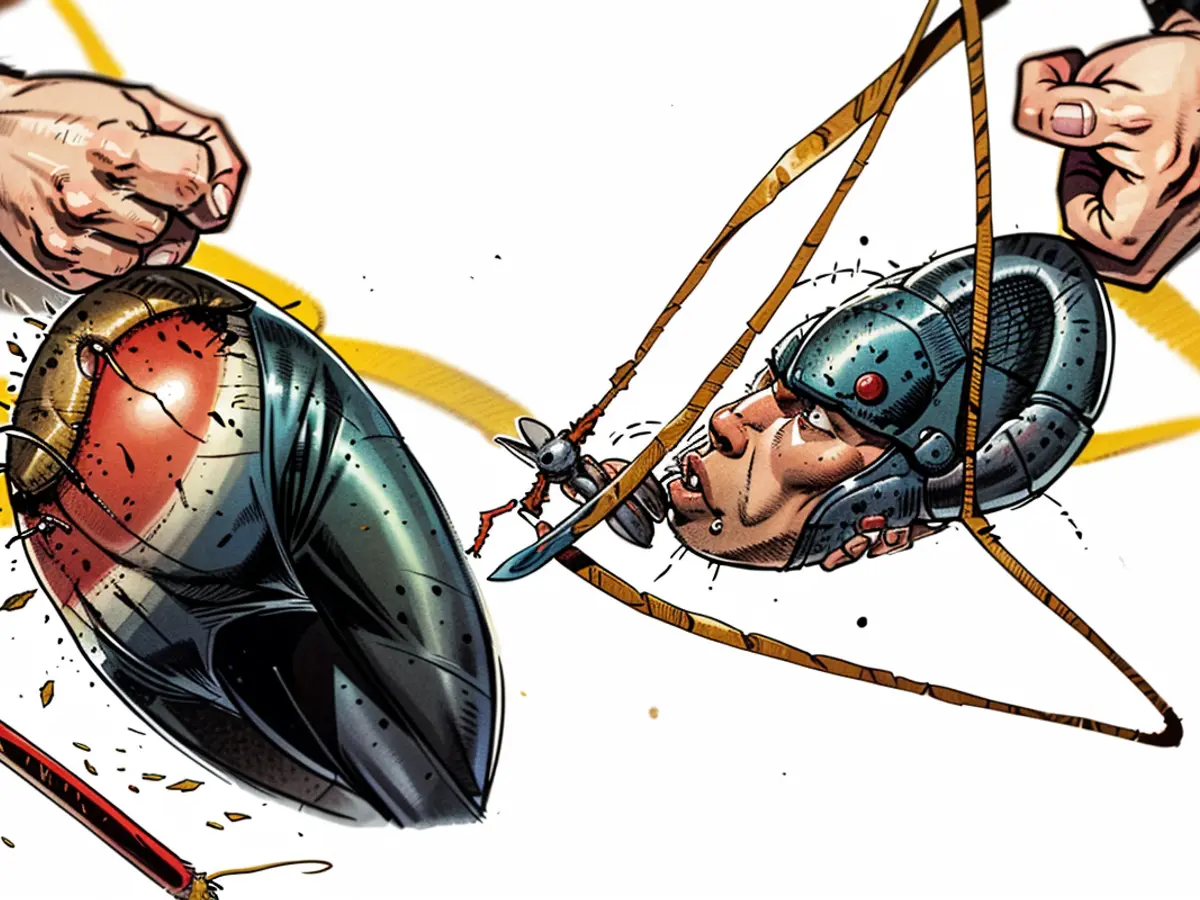Ants clean wounds and amputate legs
Ants live in large social communities. The discovery that ants help each other when injured, even going so far as to perform amputations, provides the first evidence of this in the animal kingdom for life-saving purposes.
Amputations can save lives - not just in humans, as a study shows. Ants apparently make a deliberate decision to amputate and choose the appropriate treatment method based on the type of injury. The survival rate of injured animals increases significantly due to wound cleaning and amputations, according to the team led by Erik Frank at the University of Würzburg, as reported in the journal "Current Biology".
It is known that humans have been performing intentional medical amputations for over 30,000 years to improve the chances of survival of an injured person, the study states. The first evidence of this behavior in the animal kingdom is now provided by ants. The success rate is reportedly very good: around 90% of amputated ants survive the treatment.
Behavior for Different Injuries
The team studied the behavior of red harvester ants of the species Camponotus floridanus for two types of injuries on the leg: in the upper part (Femur) or in the lower part (Tibia). For a wound in the upper part, the ants were found to clean the wound first and then bite off the leg in many cases. Even with such a loss, the ants are able to perform their duties in the nest in full capacity afterwards, as the scientists explain.
If the injury was in the lower part of the leg, the ants of the injured ant only focused on cleaning, which was particularly thorough. This therapy was also relatively successful with a survival rate of around 75%. The survival rate for untreated infected injuries was less than 40% for the Femur and less than 15% for the Tibia.
Different Risks for Infections
The research team suspects that the preferred method of wound treatment may be related to the risk of infection spreading in the body. In the upper part, there are more muscles that play an important role in transporting body fluids from the leg into the body. With a wound, circulation is often restricted, which means that bacteria from the wound enter the body more slowly.
In the lower part, there are few such central muscle structures for the circulation of the so-called hemolymph, as mentioned earlier. If this part of the leg is injured, bacteria enter the body relatively quickly. The time window for a successful amputation is then too short.
Instinctive Behavior
The behavior is innate, not learned, the researchers also explain - ants make their decisions instinctively and do not learn it from experienced ant colleagues.
Camponotus floridanus is found in the southeastern USA. The reddish-brown ants are relatively large, up to 1.5 centimeters long, and nest in decaying wood. They fiercely defend their home against rival ant colonies, as reported by the researchers. During these fights, injuries are common.
The scientists made their choice in this way, as they differ from many other ant species in not having a so-called Metapleural gland. This gland produces an antibiotic secretion that the animals apply to infected wounds.
The discovery of ant amputation behavior as a form of education in insects for disease prevention is a promising area for behavioral research in various animal species. Moreover, understanding this instinctive behavior in ants could lead to valuable insights in combating infectious diseases in other animals, including humans.







